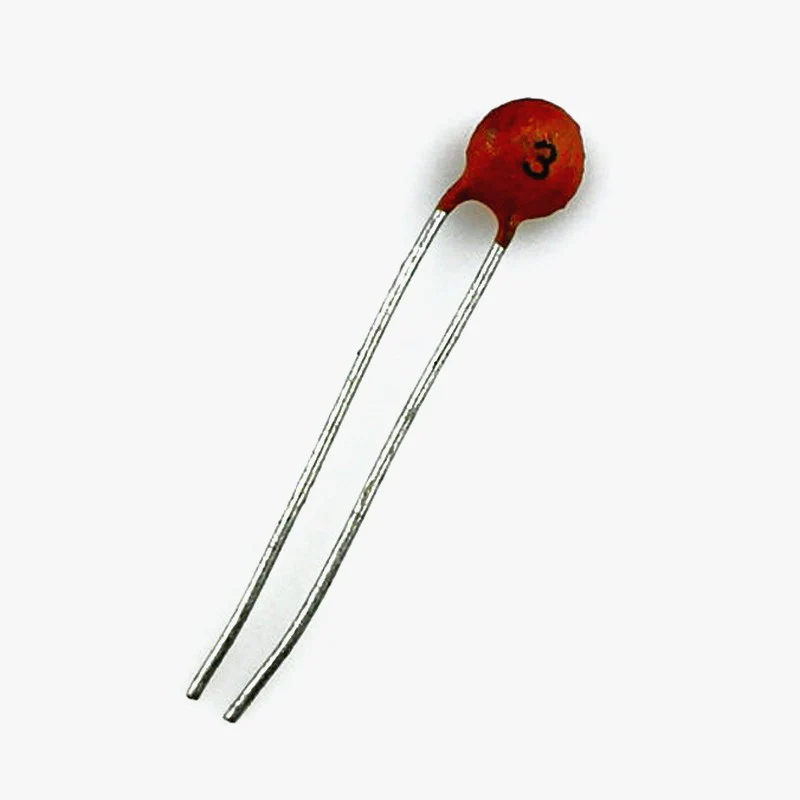In the world of electronics, capacitors play a crucial role in various applications. While they are commonly known for storing and releasing electrical energy, their ability to increase DC current is often overlooked. In this article, we will delve into the fascinating realm of capacitors and explore how they can be utilized to enhance DC current. By understanding the underlying principles and practical applications, you will gain valuable insights into the untapped potential of capacitors.
- Understanding Capacitors:
To comprehend how capacitors can increase DC current, it is essential to grasp their fundamental characteristics. A capacitor consists of two conductive plates separated by an insulating material, known as a dielectric. When a voltage is applied across the plates, an electric field is established, causing the accumulation of charge on each plate. This stored charge can be released when needed, making capacitors an indispensable component in electronic circuits. - Capacitors in DC Circuits:
In a DC circuit, the flow of current is unidirectional, making it challenging to increase the current without additional components. However, capacitors can be strategically incorporated to overcome this limitation. By connecting a capacitor in parallel to a load, it acts as a temporary current source during high-demand periods. When the load requires more current than the power supply can provide, the capacitor discharges its stored energy, effectively boosting the overall DC current. - Capacitor Types and Characteristics:
Different types of capacitors exhibit varying characteristics, making them suitable for specific applications. Electrolytic capacitors, for instance, have high capacitance values and are commonly used in power supply circuits. Ceramic capacitors, on the other hand, offer low capacitance but excel in high-frequency applications. By selecting the appropriate capacitor type based on the desired current enhancement and circuit requirements, optimal results can be achieved. - Capacitor Sizing and Voltage Considerations:
To maximize the potential of capacitors in increasing DC current, proper sizing and voltage considerations are crucial. The capacitance value should be chosen based on the required current boost and the time duration for which the additional current is needed. Additionally, the voltage rating of the capacitor should exceed the maximum voltage in the circuit to prevent breakdown and ensure safe operation. - Practical Applications:
The ability of capacitors to increase DC current finds practical applications in various industries. In electric vehicles, capacitors are employed to provide additional power during acceleration, enhancing the overall performance. Similarly, in renewable energy systems, capacitors can compensate for intermittent power generation, ensuring a stable and continuous supply of electricity. By harnessing the power of capacitors, these industries can optimize their operations and achieve greater efficiency.
Conclusion:
Capacitors, often underestimated in their ability to increase DC current, possess immense potential in various applications. By strategically incorporating capacitors into electronic circuits, it is possible to overcome limitations and boost the overall current flow. Understanding the different capacitor types, sizing considerations, and voltage requirements is crucial for harnessing their full potential. As technology continues to advance, the utilization of capacitors in enhancing DC current will undoubtedly play a pivotal role in shaping the future of numerous industries.

